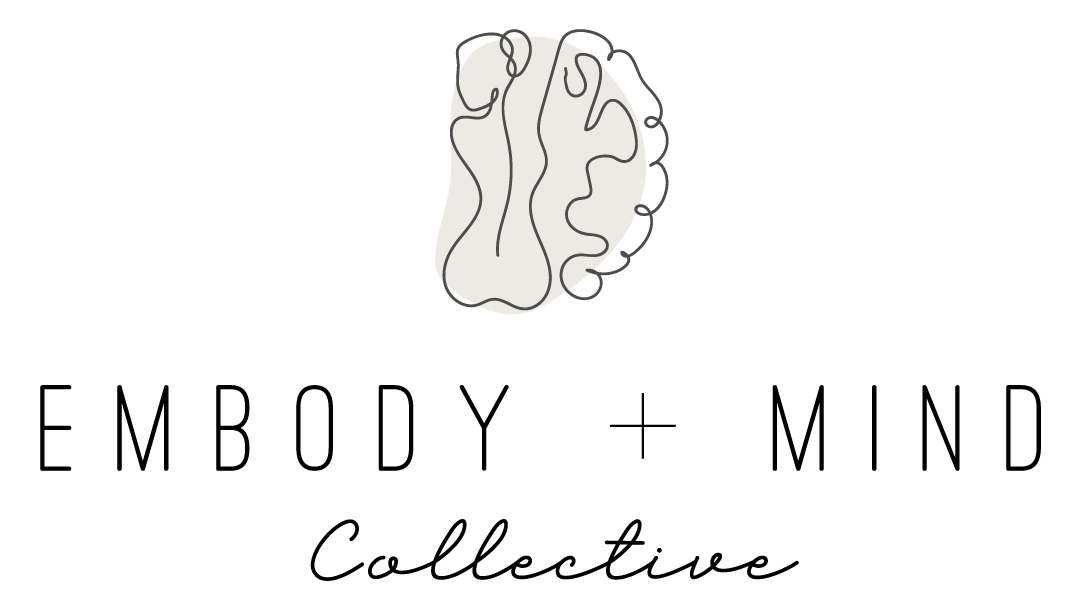Mindfulness and Intuition: Why You Need to Set an Intention for the New Year
By: Shaye Mueller
The New Year is a time of natural beginnings and new hope. Our social media pages seem to be bombarded with posts about our friends' new year resolutions. Suddenly, we start to see advertisements for discounted gym memberships and yoga classes. And many around us seem to harbor a newfound sense of motivation for self-improvement. So what gives? What is it about this time of year that makes us so driven for change?
Of course, there are the obvious cultural or capitalistic layers to why we see an uptick in motivational energy during this time. New years is a sign in our culture of a fresh start. New beginnings can bring hope and excitement to spice up the mundane of daily routine. It makes sense why our collective society jumps on the ship (and why many businesses see an opportunity to market the heck out of it too).
Yes, these cultural practices and marketing tactics are highly effective at motivating us to change. But the reason why this shift feels so magnetic can be answered by neuroscience. Specifically, the neuroscience behind what we call mindfulness. You may have heard a little about mindfulness as it seems to be a trendy word in the mental health community today. Let's break it down below.
Mindfulness is “the awareness that emerges through having attention on purpose, in the present moment, and non-judgmentally, to the unfolding of experience moment by moment” (Kabat-Zinn, 2003). So essentially, the neuroscience of mindfulness is the study of the brain’s ability to focus and sustain attention on the present moment. The goal of mindfulness is to combat our mind’s tendencies to wander and instead, increase the potential of our neural networks to sustain focus and attention on what we actually want it to. Mindfulness has been shown in the research to increase self-compassion, confidence, and self-awareness.
Unfortunately, research also tells us that our brains are not the greatest at this skill called mindfulness. This may be why we get caught in worry loops and perhaps why it takes us longer to actualize our goals. It also could be why the “new year, new me” attitude typically tapers off until we forget about it entirely by the time March rolls around.
The reason self-improvement seems to be so contagious during this time of year is because… it is! Essentially, our neural networks are being primed over and over by friends, TV, social media, and the news to bring attention to an attitude of self-growth. This priming is made possible because our brains operate on a “use it or lose it” policy. Meaning, the more you repeat actions or thoughts, the more you are reinforcing and strengthening those connections in your brain structure. And the less you repeat them, the less likely those connections will be strengthened. So, by consistently receiving messages about self-improvement, the more likely you are to think about it, and thus act accordingly. The reason why this attitude is so contagious is because our brains are literally hardwired to focus on what is repeatedly being brought to our attention. This hardwiring is how we can harness the power of mindfulness to our advantage.
So, how do we transfer the idea of mindfulness from a concept into actual practice? This can be done in many ways! But a great first step is to prime those attention and focus parts of your brain by setting an intention. Intention is the focal point of mindfulness because it gives us the power to choose what we would like to prime our brains for. Without intention, our brains lack the direction they need to properly prime themselves.
Take a moment here to pause and think about an intention you’d like to set for the year. Perhaps it is gratitude or joy. Maybe tranquility. For me, I am choosing resilience and patience. Whatever it is, give yourself a moment to find an intention that resonates with you. Perhaps sit with it for a few beats. Once you have it, congratulations! You’ve just taken the first step in priming your mind toward more self compassion and growth in the year to come.
While we've just scratched the surface of mindfulness today, I hope you leave here with an understanding that your brain is more beautiful and fiercely powerful than you could ever imagine. Please remember that mindfulness is a skill that takes practice and repetition to learn. If you would like more guidance to help you become more mindful in the new year, I am hosting an art therapy workshop on this topic and would love to see you there. Tickets can be found here. Or, if you’d like to meet for individual therapy, you can schedule an intake with me by clicking here. Happy new year!
In Resilience and Patience,
Shaye
